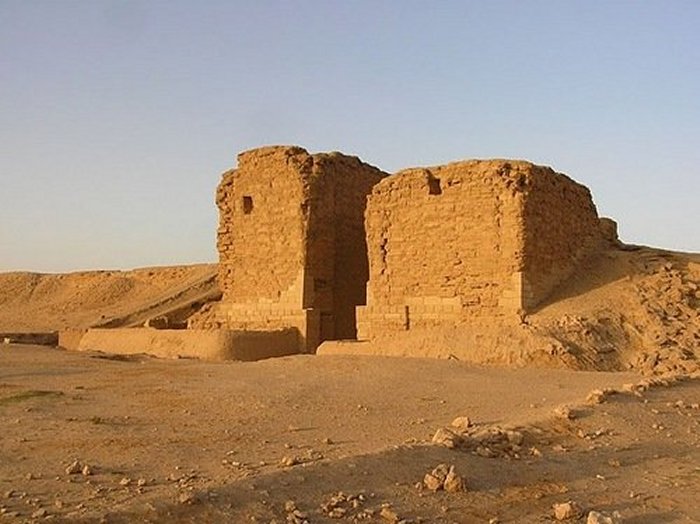Has World’s Oldest Image Of Virgin Mary Been Discovered In Dura-Europos Church?
– The Dura-Europos church is located in Syria and the place is very interesting to anyone interested in Biblical archaeology.
It’s the world’s oldest Christian church dating back to the third-century C.E.
For the first three centuries of the church, Christians typically met in homes because of intermittent persecution.
On June 13, 313 AD, Edict of Milan was signed by Roman Emperor Constantine and the persecution of Christians ended.

The Dura-Eurpos church was discovered when excavations took place before World War II, but it is only recently that we have been able to learn more about the church’s precious surviving frescoes.
The church’s painted baptistery remains a unique discovery. It contains the most ancient Christian paintings. The “Good Shepherd”, the “Healing of the paralytic” and “Christ and Peter walking on the water” are considered the earliest depictions of Jesus Christ.
One of the most intriguing discoveries is a wall painting depicting a woman leaning over a well. The identity of the woman is unknown.
Some scholars think this is the Biblical scene of the Samaritan woman who speaks with Jesus beside Jacob’s well.
Michael Peppard, an associate professor of theology at Fordham University and author, of the book The World’s Oldest Church: Bible, Art, and Ritual at Dura-Europos, Syria suggests the portrait depicts not the Samaritan woman but the Virgin Mary at the moment of the Annunciation, when the angel Gabriel announces to her that she will bear the Son of God, Jesus.
If Peppard’s interpretation is correct, this would make the portrait of the woman at a well is the oldest securely datable image of the Virgin Mary.
The fate of the church is unknown after occupation by ISIS, but its famous frescos were removed after discovery and are now preserved at Yale University Art Gallery.
Copyright © AncientPages.com All rights reserved. This material may not be published, broadcast, rewritten or redistributed in whole or part without the express written permission of AncientPages.com



 Creators of mankind
Creators of mankind Description of “Tall white aliens”
Description of “Tall white aliens” Where they came from?
Where they came from? About hostile civilizations
About hostile civilizations The war for the Earth
The war for the Earth “Tall white aliens” about eternal life
“Tall white aliens” about eternal life Video: “Nordic aliens”
Video: “Nordic aliens” Aliens
Aliens Alien encounters
Alien encounters The aliens base
The aliens base UFO
UFO Technology UFO
Technology UFO Underground civilization
Underground civilization Ancient alien artifacts
Ancient alien artifacts Military and UFO
Military and UFO Mysteries and hypotheses
Mysteries and hypotheses Scientific facts
Scientific facts


















